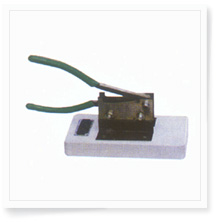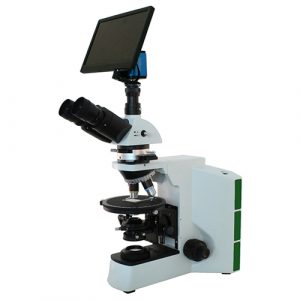Purpose of Test
This fiber analysis test provides individual procedures for the quantitative assessment of moisture content, non-fibrous content, and fiber composition of textiles.
This test uses different analysis methods to identify fiber composition, including:
- Mechanical
- Chemical
- Microscopial
The test method is recommended for various blends of fiber:
Natural Fibers:
- Cotton
- Hemp
- Hair
- Ramie
- Linen
- Silk
- Wool
Man-Made Fibers:
- Acrylic
- Acetate
- Modacrylic
- Nylon
- Polyester
- Rayon
- Olefin
- Triexta
- Spandex
Terminology Defined
Fiber Analysis – The method of identifying and analyzing the fiber used on the textile.
Clean Fiber Content – Amount of fiber after the removal of all non-fibrous contents.
Moisture Content – The amount of moisture present in the fiber.
Non Fibrous Content – These include fiber finishes, yarn lubricants, fabric softeners, starches, waxes, oils, soaps, and more non-fiber materials that were added to the fabric.
Fiber Composition – The composite materials that make up the fiber textile.
Fiber Cutter – A cutting tool with two razor blades, an assemblage and a threaded pin that hold the blades in position.

Dissolving Agents – The liquid substances used in the test to dissolve the fiber.
Materials Used for Test
- Test Specimen
- Analytical Balance
- Oven
- Dessicator
- Soxhlet Extractor
- Constant Temperature Bath
- Weighing Bottle
- Erlenmeyer Flask
- Beaker
- Filtering Crucible
- Suction Flask with Adapter
- Microscope
- Projection Microscope
- Fiber Cutter
- Wedge Scale
- Required Chemicals

Testing Procedure
The test methods for the quantitative analysis of fiber include:
- Moisture Content Test
- Non Fibrous Content Test
- Chemical Analysis Test
Test Procedure (Summary)
Moisture Content Test
Part 1: Preparation of test specimen: The test specimen is collected and weighed on a balance. It will be dried in the oven under certain conditions and temperatures.
Part 2: Cooling of the test specimen: After a given period, the test specimen is removed from the oven and allowed to cool at room temperature.
Part 3: Repeating the process and reweighing. The heating and cooling process is repeated then the fiber is reweighed. Standard calculations are used to identify the moisture content.
Non-Fibrous Content Test – Clean Fiber Content
Part 1: Preparation of test specimen: The test specimen is dried in the oven under certain conditions that differ depending on the kind of textile treatment applied.
Part 2: Wetting and drying of test specimens: Depending on the treatment type, the test specimen will be wetted with different liquid solutions, dried, rinsed, and dried again under certain conditions.
Part 3: Calculation: Standard calculations are used to identify the non-fibrous content of the specimen.
Chemical Analysis Test
Part 1: Preparation of test specimen: The test specimen is dried under certain conditions and weighed.
Part 2: Adding dissolving agents: Certain amounts of dissolving agents are added to the fiber and then dried again at certain conditions.
Part 3: Calculation: Through the use of standard calculations, the fiber analysis is completed.